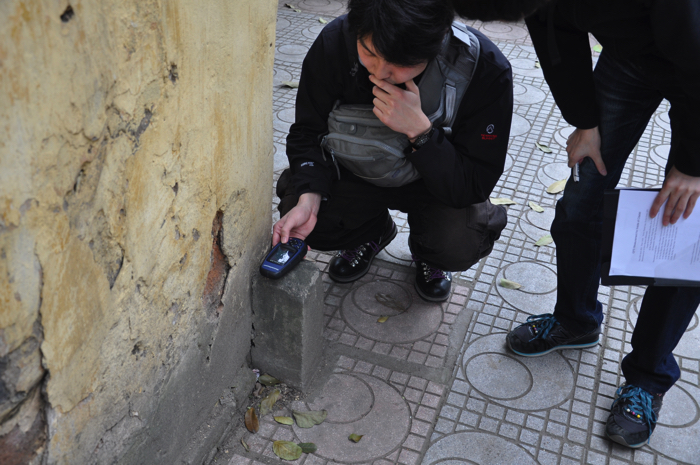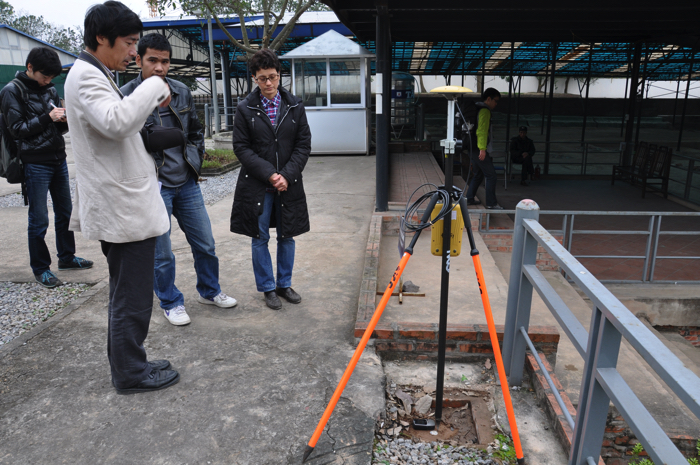- Project Leader : Tsumura Hiroomi (Doshisha University, Faculty of Culture and Information Science)
- Collaborators : Shibayama Mamoru (Kyoto University, Center for Integrated Area Studies)
- : Kobayashi Satoru (Kyoto University, Center for Southeast Asian Studies)
- : Tashiro Akiko (Nara National Research Institute for Cultural Properties, Department of Planning and Coordination)
Outline of Research
The purpose of this research is to reconstruct a historical cultural landscape of Hanoi by using spatiotemporal informatics which are based on STIS. Specifically, it will be carried out in the following ways
・Digitization and STIS archive of historical map materials
・Quantification of time series changes of a city structure
・Restoration of the history and culture based on a model evaluation
・Reconstruction of the Hanoi Time Landscape for understanding history
Description
With the Imperial Citadel of Thang Long, Hanoi, we can approach many historical records which are in the form of maps, texts, and drawings. However, it is not easy to verify their mutual relations since they are archived in the separate places and formats.
In this research, we aim to reclaim how to unify them at the dimension of information with spatio-temporal informatics and by using STIS. In particular, no research has been carried out on the unification of excavation survey data. Thus, the purpose of this research is to reconstruct a historical cultural landscape of Hanoi using these methods.
An additional advantage of this research is to create an information system. Doshisha University will apply for patents and Kyoto University will prepare the data server, input all data, and open it to the public.
We expect the following research results.
・ The completion of an integrated intelligence infrastructure about Hanoi.
・ Open promotion through WebSTIS technology.
・ Quantitive understanding of the historical changes of the environment of Thang Long.
・ Consideration of the cultural background of Thang Long.
・ Measurement to study and evaluate the city structure.
 DGPS measurement of the wall with mobile GPS calibration kit. |
 Lecture about the grand control point survey with static method |
